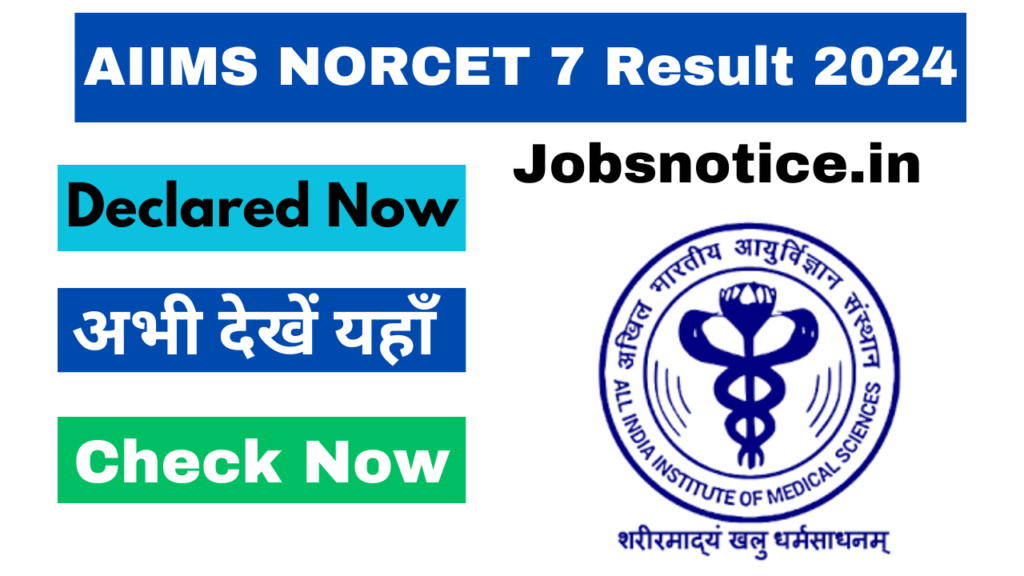Economic Recovery Post-COVID: Analyzing Its Influence on Voter Sentiment
The COVID-19 pandemic has fundamentally altered the socio-economic landscape across the globe, leading to unprecedented challenges for individuals, businesses, and governments. As the United States emerges from the pandemic, the path to economic recovery has become a crucial focal point in the political arena, particularly as the 2024 presidential election approaches. This analysis explores the multifaceted aspects of economic recovery post-COVID and its significant influence on voter sentiment, examining how economic conditions shape political preferences, candidate platforms, and overall electoral dynamics.
The Economic Landscape Post-COVID
Immediate Economic Impacts of the Pandemic
In March 2020, the World Health Organization declared COVID-19 a global pandemic, triggering widespread lockdowns that paralyzed economies. In the United States, millions lost their jobs as businesses closed or reduced operations. According to the U.S. Bureau of Labor Statistics, the unemployment rate peaked at 14.8% in April 2020, the highest level since the Great Depression. The economic fallout affected various sectors differently, with service industries such as hospitality and retail being hit hardest.
Government Response and Stimulus Packages
In response to the economic crisis, the U.S. government enacted several stimulus packages to provide immediate relief to individuals and businesses. The Coronavirus Aid, Relief, and Economic Security (CARES) Act, passed in March 2020, allocated $2.2 trillion in economic assistance, including direct payments to individuals, enhanced unemployment benefits, and loans for small businesses.
These measures aimed to stabilize the economy and provide a safety net for those affected by the pandemic. As a result, many Americans received financial support, helping to alleviate some of the immediate economic hardships.
Recovery Trends and Economic Indicators
Employment Recovery
As vaccination efforts ramped up in 2021, the economy began to show signs of recovery. The unemployment rate steadily declined, reaching approximately 3.8% by early 2022. However, the recovery was uneven, with certain demographics, such as women and minorities, experiencing slower job growth. Factors such as childcare responsibilities and sector-specific challenges exacerbated these disparities.
Inflation Concerns
While the economy began to recover, it faced new challenges, notably rising inflation. Supply chain disruptions, increased consumer demand, and labor shortages contributed to inflation rates reaching levels not seen in decades. In 2021, the inflation rate surged to 7% annually, prompting concerns among voters about rising prices for essential goods and services.
Inflation emerged as a critical issue influencing voter sentiment, as Americans grappled with the rising cost of living. Many voters expressed frustration over how inflation impacted their purchasing power and financial stability, leading to a reevaluation of political leadership and economic policies.
Voter Sentiment and Economic Perceptions
Economic Anxiety and Political Implications
Economic recovery—or the perception of it—directly influences voter sentiment. When people feel secure in their jobs and financial situations, they tend to support the incumbent party. Conversely, economic anxiety often translates into political dissatisfaction, leading voters to seek change.
Polling Data and Trends
Polling data provides insights into how economic conditions shape voter sentiment. Surveys conducted by organizations such as Gallup and Pew Research Center reveal that Americans consistently cite the economy as one of the most critical issues facing the country. As inflation concerns intensified, approval ratings for President Joe Biden, who campaigned on promises of economic recovery, began to wane.
Furthermore, Republican candidates have capitalized on economic dissatisfaction, framing their platforms around issues such as fiscal responsibility, lower taxes, and reduced government intervention. This dynamic indicates that economic recovery and its perceived effectiveness will be a pivotal factor in the upcoming election.
Political Strategies and Campaign Messaging
Candidate Platforms and Economic Policies
In the lead-up to the 2024 election, candidates are tailoring their platforms to address economic concerns. For Democrats, the focus may center on defending the achievements of the Biden administration, such as infrastructure investments and job creation initiatives. However, they must also acknowledge the inflationary pressures that have eroded some of their successes.
Republican candidates, on the other hand, are likely to emphasize economic recovery through tax cuts, deregulation, and a commitment to fiscal conservatism. They may seek to portray themselves as better equipped to handle economic challenges, tapping into voter frustrations with rising prices.
Messaging on Inflation and Cost of Living
Both parties will need to navigate the complexities of inflation in their messaging. For Democrats, framing inflation as a global phenomenon exacerbated by the pandemic may help mitigate blame. Meanwhile, Republicans could leverage voter concerns by presenting themselves as the party of economic stability.
The Role of Key Demographics
Impact on Subgroups
Different demographic groups experience economic recovery differently, leading to varying political sentiments. For instance, younger voters may prioritize job opportunities and student debt relief, while older voters might focus on healthcare and retirement security. Women, particularly those who disproportionately lost jobs during the pandemic, may have specific concerns regarding childcare and workplace policies.
Candidates will need to engage these groups effectively, tailoring their messages to resonate with the unique economic challenges faced by each demographic. Failure to address these concerns could alienate crucial voter blocs.
Regional Variations in Economic Recovery
Economic Disparities Across States
The pace and nature of economic recovery vary significantly across states, influenced by local policies, industry composition, and public health responses. States heavily reliant on tourism and hospitality, such as Florida and Nevada, experienced slower recoveries compared to those with diverse economies.
These regional disparities will likely play a crucial role in the 2024 election, as candidates seek to address the specific needs of constituents in different areas. For example, candidates in states with higher inflation rates may need to focus more on economic relief measures to connect with frustrated voters.
Voter Mobilization and Engagement
Grassroots Movements and Economic Issues
Grassroots movements have gained momentum in the wake of the pandemic, with activists advocating for economic reforms that address systemic inequalities. Issues such as universal healthcare, affordable housing, and living wages resonate with many voters, particularly those disillusioned with traditional party platforms.
These movements can mobilize support for candidates who prioritize economic justice and equity, further influencing voter sentiment. The extent to which candidates engage with grassroots organizations may impact their overall success in the election.
The Intersection of Social Issues and Economic Recovery
Social Justice Movements and Economic Equity
The pandemic heightened awareness of social justice issues, particularly regarding racial and economic disparities. Voters increasingly expect candidates to address not only economic recovery but also the social implications of policy decisions.
Candidates who can successfully link economic recovery with social justice initiatives may resonate more deeply with voters. For example, discussions around equitable access to education, healthcare, and job opportunities will likely shape voter sentiment in 2024.
Conclusion
As the United States navigates the complex landscape of economic recovery post-COVID, the implications for voter sentiment are profound. Economic conditions, including employment rates, inflation, and regional disparities, will significantly influence political preferences and candidate platforms in the lead-up to the 2024 presidential election. Candidates must engage with the unique concerns of various demographic groups while addressing the broader economic challenges facing the nation.
Ultimately, the interplay between economic recovery and voter sentiment will shape the electoral dynamics in 2024. Candidates who effectively communicate their plans for economic stability and growth, while addressing the concerns of an increasingly diverse electorate, will have the best chance of success in a highly competitive political landscape. As Americans reflect on their economic circumstances, the choices they make at the ballot box will undoubtedly impact the future trajectory of the nation.




